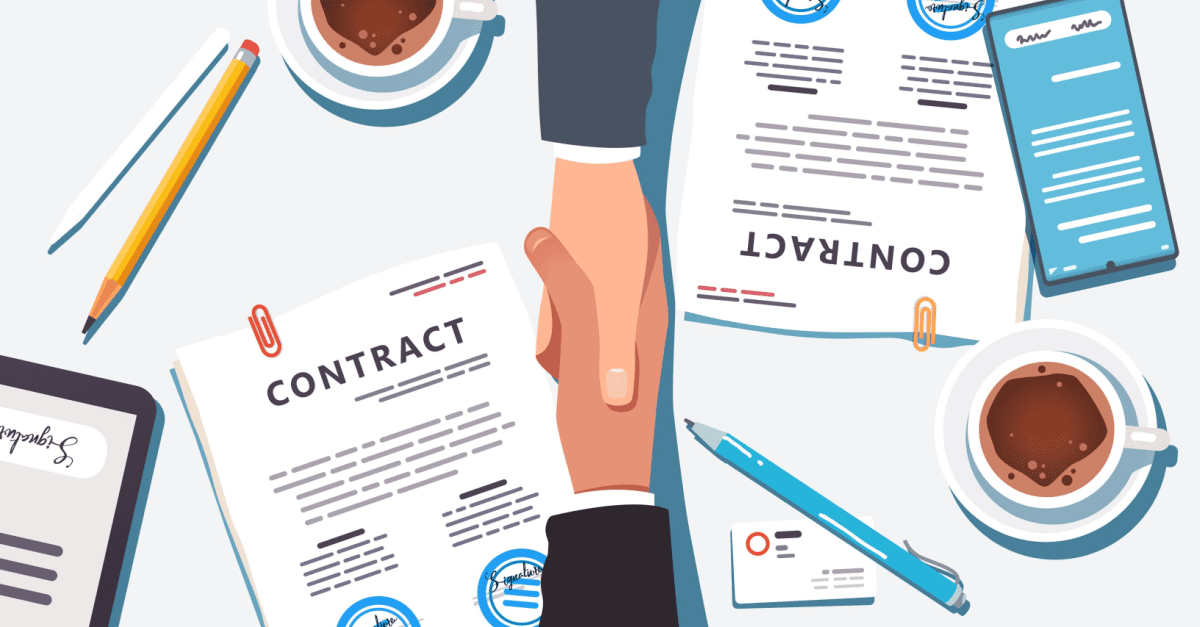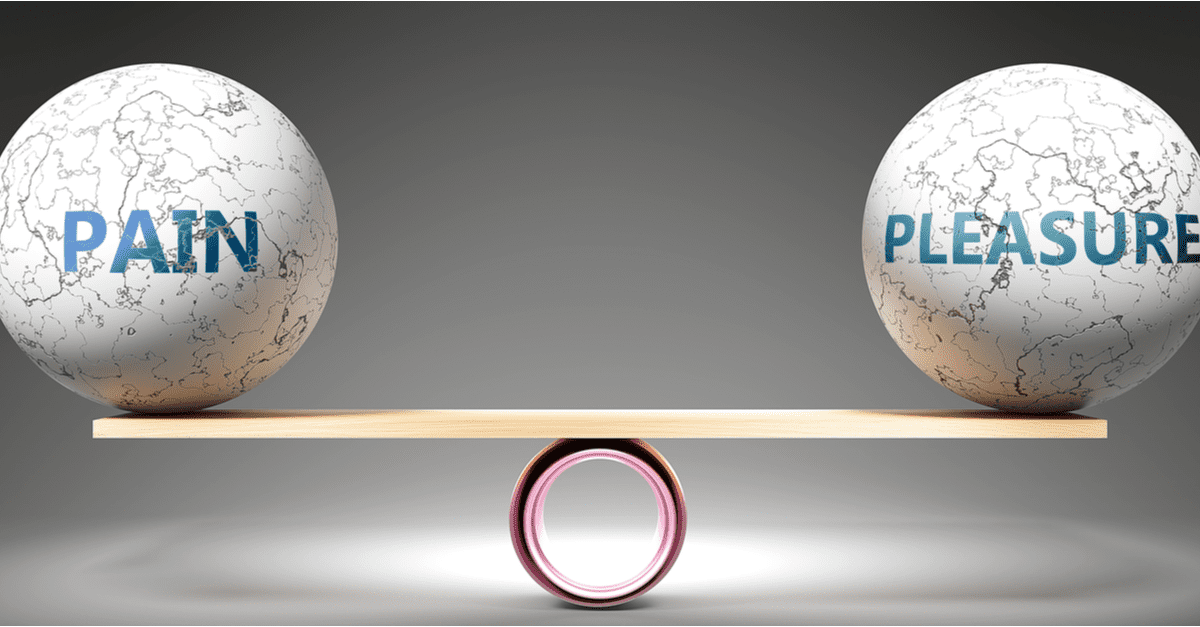
The Art of Sales: Helping Buyers to Close Themselves
Written By: Jeb Blount
Closing the Sale Meets the Modern Buying Journey
When your sole focus is on closing the sale rather than helping your buyer, they sniff this out, it turns them off, and you are more likely to lose than win.
The Five Stages of the Modern Buying Journey
The steps of the buying journey can vary but in general, the buying journey can be broken down into the following stages:
- Awareness: The buyer becomes aware that they have a need or problem that needs to be addressed. (aligns to prospecting in the sales process)
- Research: The buyer begins to research potential solutions to their need or problem. This can involve searching online, reading reviews, talking to friends or colleagues, and visiting websites or stores. (aligns to insight and discovery in the sales process)
- Consideration: The buyer evaluates the different options they have identified during their research, weighing the pros and cons of each one. (aligns to presentation and business case in the sales process)
- Decision: The buyer makes a decision on which product or service to purchase. (aligns to closing and negotiation in the sales process)
- Post-purchase: After the purchase, the buyer evaluates their decision and experiences with the product or service. This can lead to positive or negative feedback, reviews, or referrals. (aligns to account expansion and retention in the sales process)
It’s important to note that buyers may move back and forth between these stages, and may also skip or repeat stages depending on the complexity of the product or service being purchased. Additionally, different buyers may have different experiences during each stage, based on their individual needs, preferences, behaviors, and interactions with salespeople.
The Salesperson as a Guide on the Buying Journey
The salesperson’s role in guiding the buying journey is to understand the customer’s needs and to help them navigate the various stages of the buying journey.
The salesperson needs to identify where the customer is in the buying journey and tailor their approach accordingly. For example, if the customer is in the awareness stage, the salesperson should focus on providing educational content to help them better understand the problem they are trying to solve. If the customer is in the consideration stage, the salesperson should focus on providing more detailed information about their products or services, and how they can solve the customer’s problem.
The salesperson should also be able to answer any questions along the way, and provide guidance and support throughout the buying journey. This includes providing recommendations, addressing objections, and helping the customer understand the value proposition of the product or service.
Ultimately, the salesperson’s role in guiding the buying journey is to build trust and rapport with the customer, and to create a positive experience that inspires the customer to make a purchase.
Closing the Sale is Just One Part of the Journey
Far too many salespeople and their leaders make the mistake of focusing too much on closing the sale and not enough on the process, journey, and buying experience. They falsely believe that being a “closer” matters most to their ultimate success.
Countless hours are devoted to training, practicing, and mastering closing techniques. Yet these closing techniques often turn off modern, informed buyers who do not want to feel manipulated.
When you approach buyers with the myopic mindset of closing the sale, they know it. Rather than feeling motivated to do business with you, your buyer feels pressured and defensive, which pushes them into the arms of your competitors.
The truth is that closing the sale is only one small part of the sales and buying journeys. Effective closing should be a natural step in well-executed sales process rather than an event in time.
Buyers are In Control of Their Journey
It is crucial to understand that buyers are in control of their journey. They will make the decision to buy from you for their reasons, not yours. It is not your job to “close” the buyer, but rather to help the buyer close themselves.
Buyers do not like being pressured because it makes them feel uncomfortable. High-pressure sales tactics can create a negative energy that puts the buyer on the defensive, and can make them feel like they are being manipulated. This can lead to a lack of trust in the salesperson, and may ultimately cause the buyer to seek out alternative options.
Modern buyers have more access to information and reviews about products and services, which means that they are often more informed and less likely to be swayed by high-pressure tactics. They are also more likely to seek out reviews and recommendations from friends and family, as well as online sources, before making a purchase.
As a result, building trust and rapport with the buyer is a much more effective way to close a sale than using high-pressure tactics.
Focus on the Buyer Rather Than Your Desire to Close the Sale
To close the sale, it is essential to focus on the needs and wants of your buyer. This means taking the time to understand their pain, challenges, and desired outcomes. It means offering recommendations that bridge from the value you offer to their problems; and then, demonstrating how your recommendations will help them achieve their desired outcomes.
It also means building trust and rapport with the buyer, so that they feel comfortable and confident in making a purchase from you. You’ll build trust by:
- Being honest and transparent: Be upfront about the the limitations of your products or services and avoid making exaggerated claims or hiding important information from your buyer.
- Active listening: Listen carefully to your buyer’s needs and concerns and demonstrate that you understand and empathize with their situation.
- Providing value: Offer solutions that meet your buyer’s specific needs and provide value that goes beyond what you are selling.
- Establishing credibility: Establish credibility by sharing success stories, industry expertise, or providing references from other satisfied customers.
- Following up: After the sale, follow up with your new customer to ensure their satisfaction and address any issues or concerns. This helps build a long-term relationship, shows the buyer that you care about their experience, and makes closing the sale much easier on their next purchase.
Avoid the Features Dump
Another common mistake that sales professionals make is focusing too much on the features and benefits of their products or services, rather than on the needs and wants of the buyer.
While it is important to communicate the value of what you are offering, it is equally important to tailor your proposal to their unique situation using their language. Remember: people buy for their reasons not yours.
Discovery First
The true art of sales is helping your buyer close themselves rather than mastering closing techniques.
Instead, focus on discovery. Ask artful open-ended questions and listen. Top professionals invest as much as 80% of their time in the discovery stage of the sales process guiding their buyer with questions and relevant insight.
During discovery, take the time to build a relationship with the buyer by learning more about their interests, background, and how your product or service will impact them personally. Demonstrate through your actions that you actually care about them.
Five Things to Remember for Closing the Sale
-
- Sales professionals often focus too much on closing the sale, leading to negative energy and a lack of success.
- Understanding that the buyer is in control and helping them close themselves is crucial for success in sales.
- Buyers are more educated and resistant to high-pressure sales tactics, so it’s important to focus on their needs and wants.
- Building trust and rapport with customers and following up after the sale are important for building relationships and future sales.
- You close the sale when you bridge value to your buyer’s desired outcomes rather than pitching features.
Create an experience that makes the buyer want to buy and you will find that closing the sale is smooth, easy, and painless because buyers close themselves.
Learn how to be more persuasive by flexing to preferred buyer communication styles in our A.C.E.D. Buyer Style Playbook: DOWNLOAD FREE
About the author
Jeb Blount
Jeb Blount is one of the most sought-after and transformative speakers in the world…
Get FREE Sales Training Delivered to Your Inbox
Join more than 360,000 professionals who get our weekly newsletter.

Learn Online
Self-paced courses from the
world's top sales experts

Virtual Training
Live, interactive instruction in small
groups with master trainers

Coaching
One-to-one personalized coaching
focused on your unique situation






